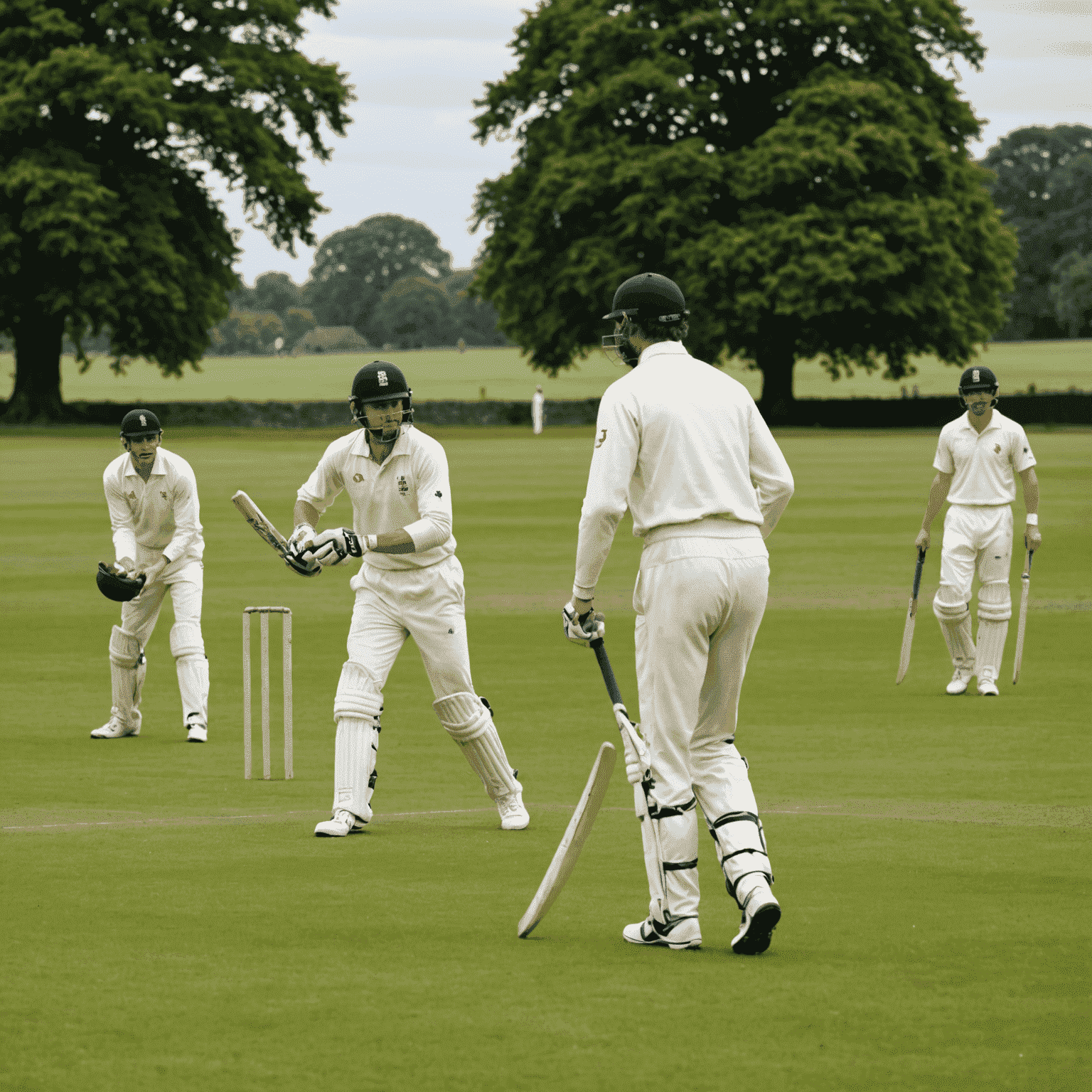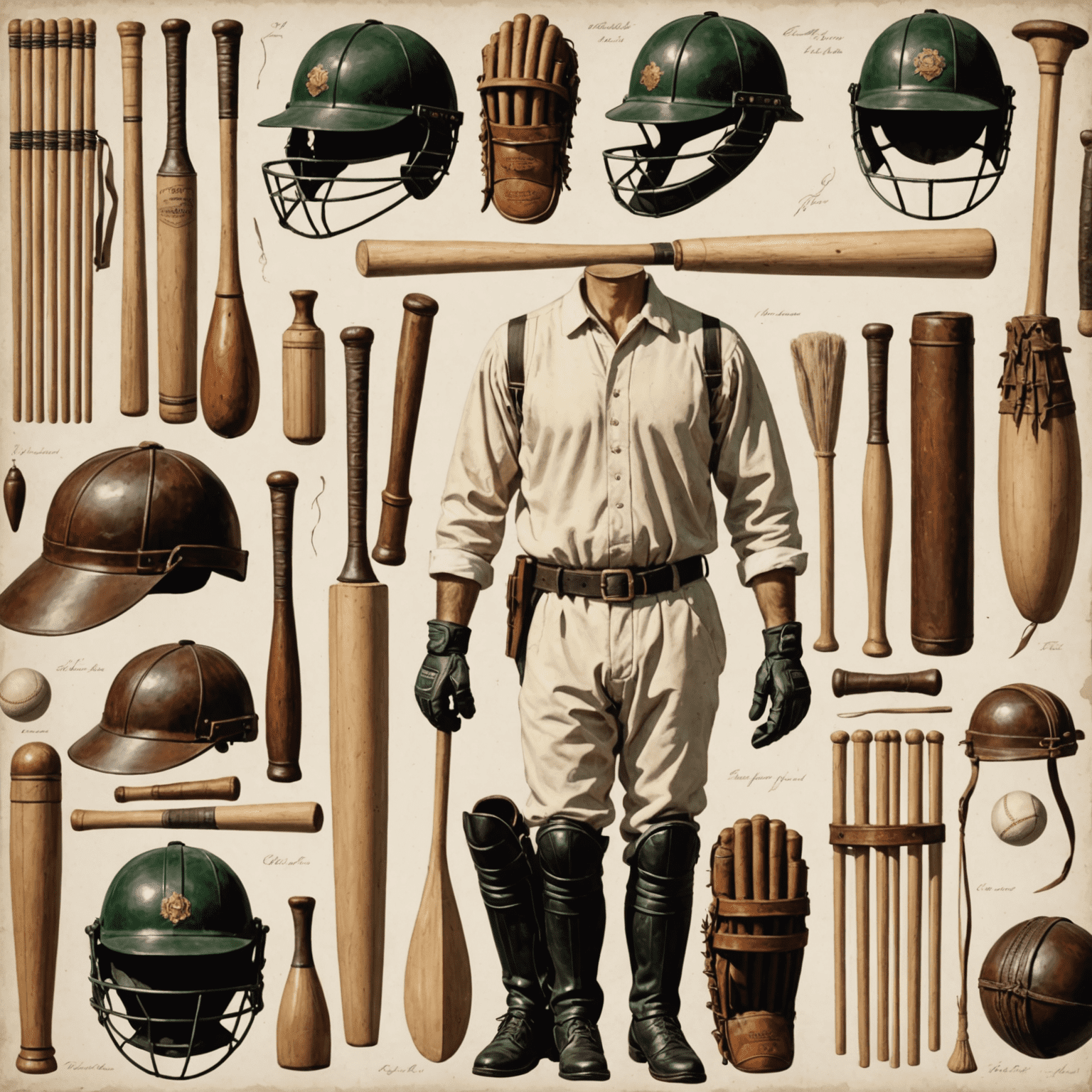The Origins of Cricket

Cricket, a sport that has captivated millions across the globe, has a rich and fascinating history that spans centuries. From its humble beginnings in the meadows of England to its current status as an international phenomenon, the journey of cricket is a testament to the sport's enduring appeal and the passion it ignites in players and fans alike.
Early Beginnings
The exact origins of cricket are shrouded in mystery, but it is widely believed that the game originated in southeast England during the Saxon or Norman times. The earliest definite reference to the sport dates back to the 16th century, where it was mentioned in court records as a game played by schoolboys in Guildford, Surrey.
Evolution of the Game
As cricket gained popularity among the English aristocracy in the 17th and 18th centuries, it began to evolve into a more structured sport. The first known laws of cricket were drawn up in 1744, and the iconic Marylebone Cricket Club (MCC) was founded in 1787, becoming the guardian of the game's rules.

Global Expansion
The spread of the British Empire played a crucial role in cricket's global expansion. As British colonists and traders traveled the world, they took their beloved sport with them. This led to the establishment of cricket in countries like Australia, India, South Africa, and the West Indies, where it would eventually become an integral part of the national sporting culture.
International Cricket
The first international cricket match was played between the USA and Canada in 1844. However, the most famous international rivalry in cricket began in 1877 with the first Test match between Australia and England, giving birth to the legendary Ashes series. As more nations embraced the sport, international cricket flourished, leading to the formation of the International Cricket Council (ICC) in 1909.
Modern Era and Innovations
The 20th and 21st centuries saw significant innovations in cricket. The introduction of limited-overs cricket, including One Day Internationals (ODIs) and Twenty20 (T20) formats, brought new excitement to the game. The creation of the Cricket World Cup in 1975 and the rise of professional T20 leagues like the Indian Premier League (IPL) have further popularized the sport and attracted a new generation of fans.

Cricket Culture Around the World
Today, cricket is more than just a sport; it's a cultural phenomenon that unites nations and transcends boundaries. From the passionate crowds in India to the beach cricket traditions of the Caribbean, each cricketing nation has developed its own unique approach to the game. The sport continues to evolve, with emerging cricket nations like Afghanistan and Ireland making their mark on the international stage.
Conclusion
From its humble origins in the fields of England to its current status as a global sporting phenomenon, cricket has come a long way. As we look to the future, the sport continues to adapt and grow, embracing new technologies and formats while maintaining its rich traditions. The story of cricket is far from over, and its next chapters promise to be just as exciting as its illustrious past.